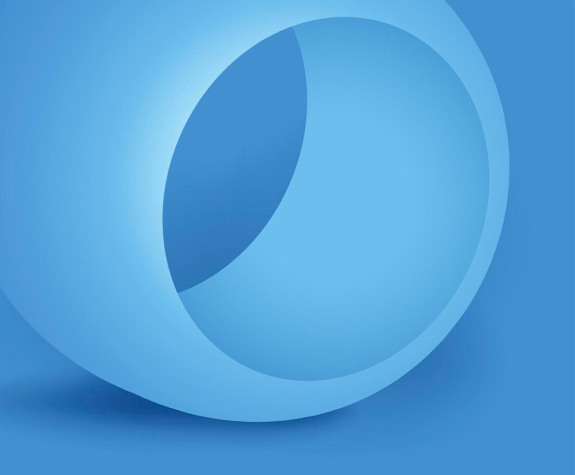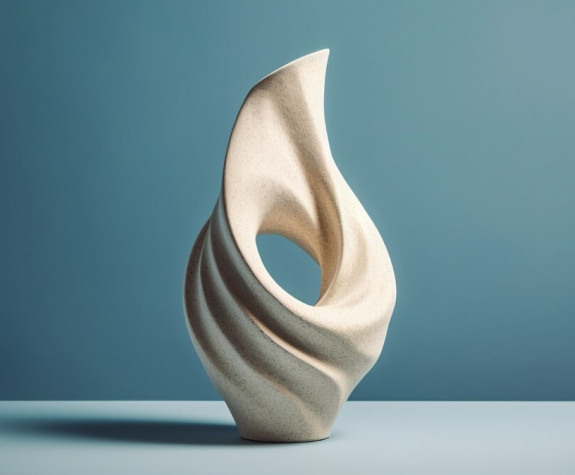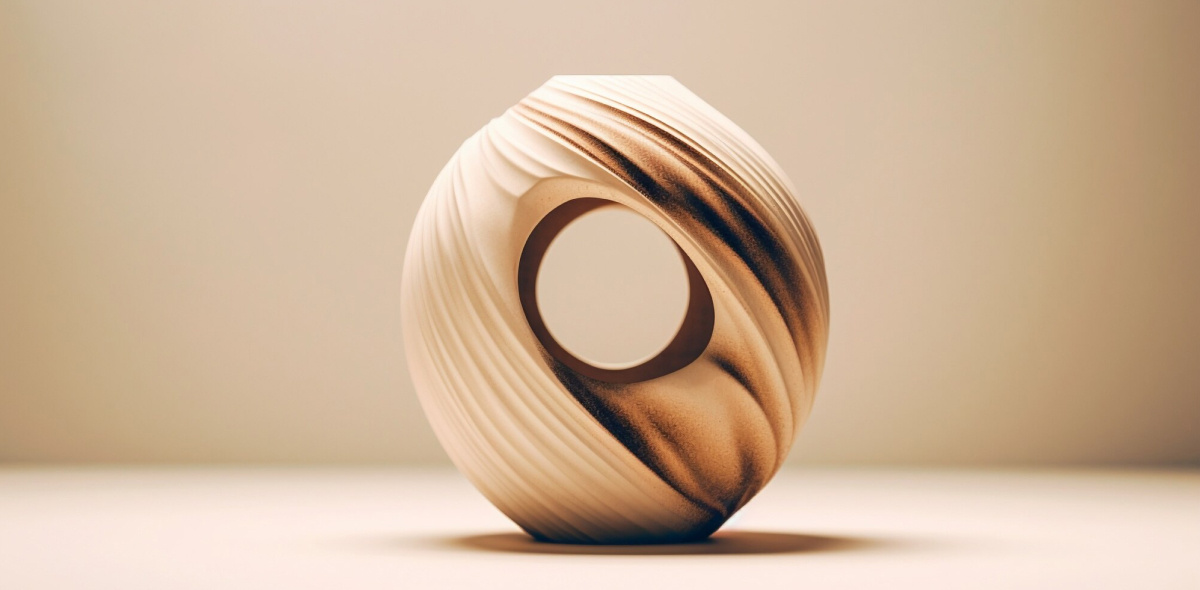(Clone) The Future of Fintech: What to Expect in the Next 5 Years (Clone)
Introduction

Add Title Here

Add Title Here

Add Title Here

Add Title Here

Add Title Here

Add Title Here

Add Title Here

Add Title Here
No Data Found
In the ever-evolving world of design, staying ahead of trends and anticipating future developments is crucial for success. Over the next five years, the design industry is expected to undergo significant transformations driven by advancements in technology, shifts in consumer behavior, and new creative paradigms. This post explores the key trends and innovations that will shape the future of design.
The Rise of AI and Machine Learning in Design
Artificial intelligence (AI) and machine learning (ML) are set to revolutionize the design industry. From automating routine tasks to generating complex design patterns, AI and ML will enhance efficiency and creativity.
- Automated Design Generation
- Enhanced User Experience through Predictive Analysis
- Personalization at Scale

Sustainability and Eco-Friendly Design
As awareness of environmental issues grows, sustainable design practices will become a top priority. Designers will need to consider the environmental impact of their work and opt for eco-friendly materials and processes.
- Use of Recycled Materials
- Energy-Efficient Design Solutions
- Minimalist and Durable Products

Virtual and Augmented Reality in Design
Virtual reality (VR) and augmented reality (AR) will transform how designers create and present their work. These technologies offer immersive experiences that can bring designs to life in new and exciting ways.
- Immersive Design Prototyping
- Enhanced Client Presentations
- Virtual Collaboration

The Influence of Minimalism and Simplicity
Minimalist design will continue to dominate, with a focus on simplicity, functionality, and clean aesthetics. This trend is driven by a desire for clarity and efficiency in an increasingly complex world.
- Clean and Simple Aesthetics
- Functional and Practical Designs
- Focus on User Experience
The Integration of Interactivity and Motion Graphics
Interactivity and motion graphics will play a significant role in making designs more engaging and dynamic. These elements capture attention and enhance the user experience.
- Engaging User Interfaces
- Dynamic Visual Elements
- Storytelling through Animation

Conclusion
The future of design is exciting and full of possibilities. By embracing new technologies, prioritizing sustainability, and focusing on user experience, designers can stay ahead of the curve and create impactful, innovative work. As we look forward to the next five years, the design industry will continue to evolve, offering endless opportunities for creativity and growth.


